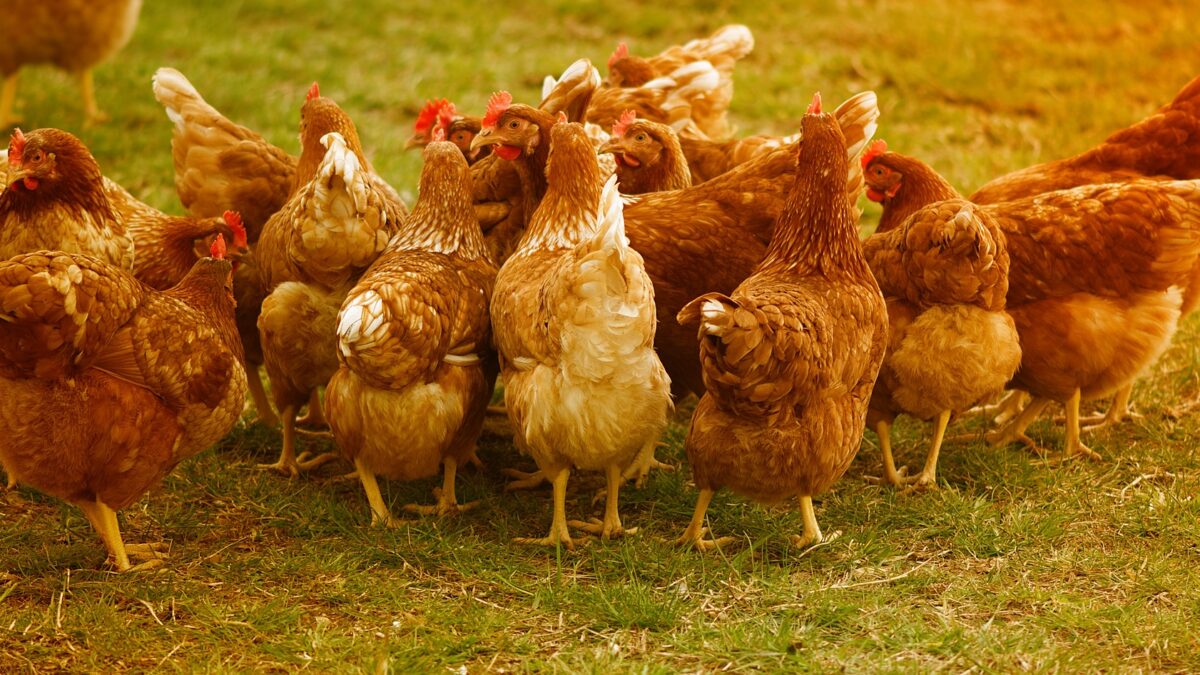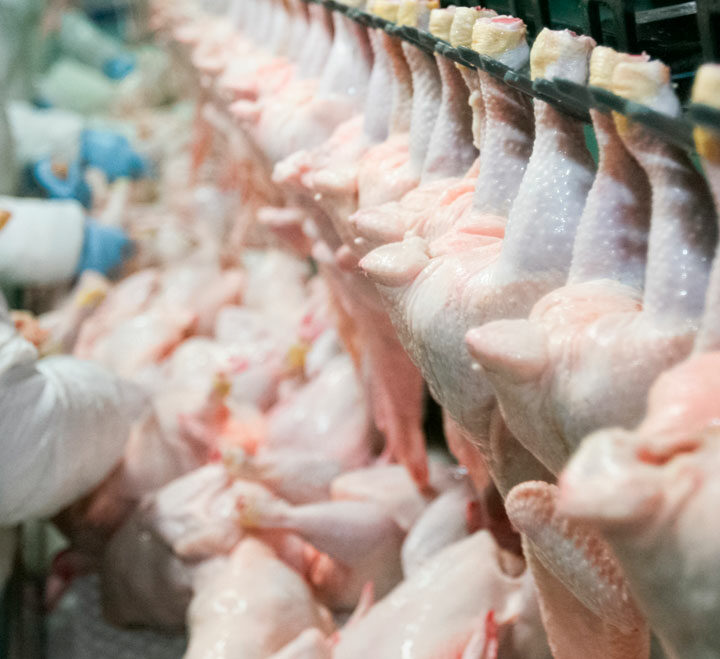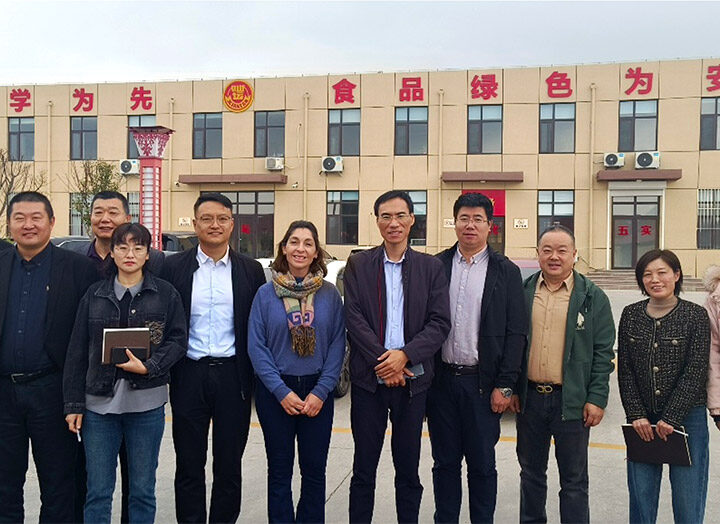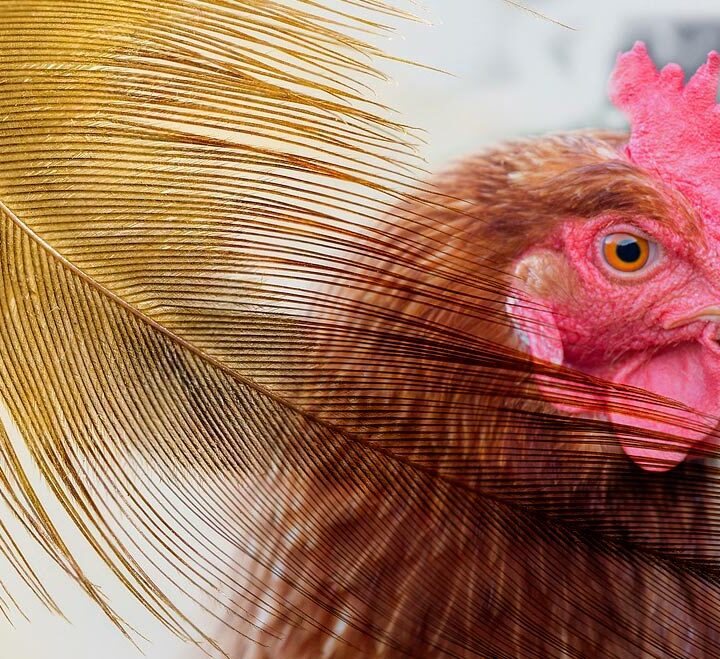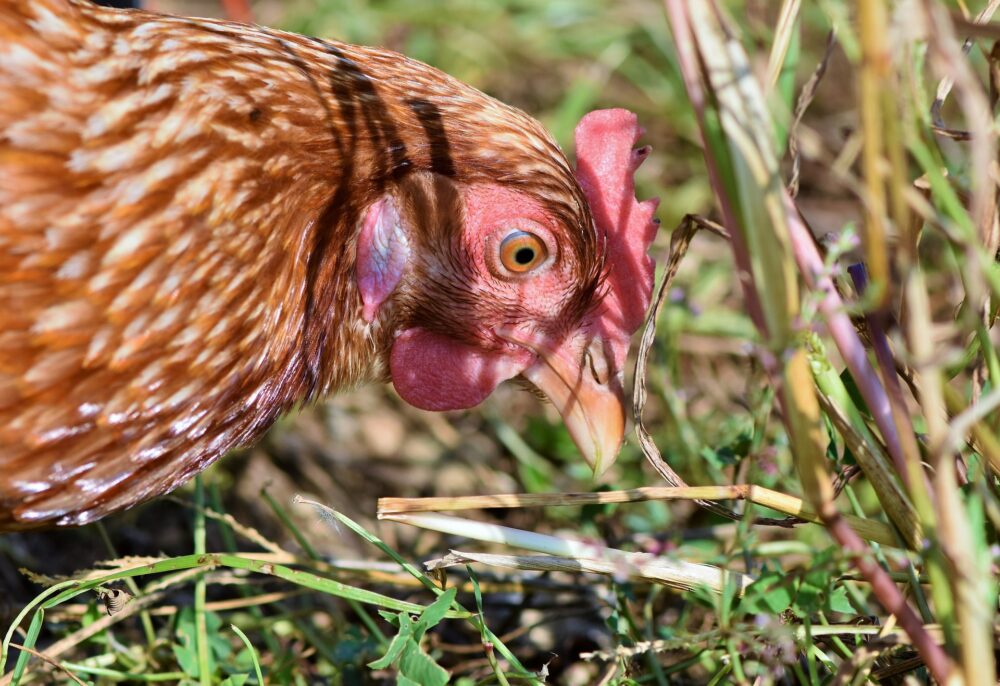
Foodborne digestive mycosis and the influence of inappropriate use of antibiotics
15 de June de 2020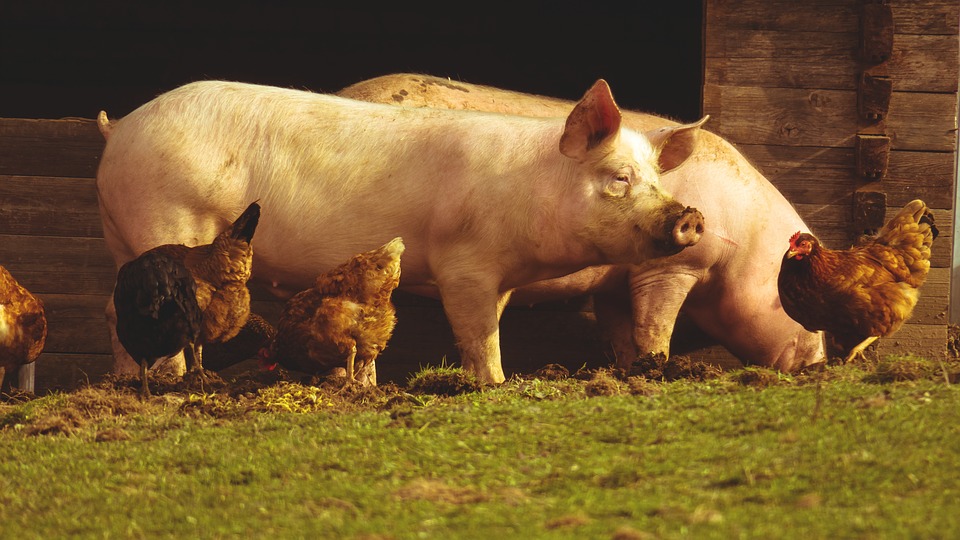
Animal welfare and the implications of stress on the immune system and production
3 de September de 2020What are ENZYMES?
ENZYMES are molecules of protein origin that serve as catalysts in biochemical reactions on specific substrates. In poultry nutrition, the enzymes of interest are those that intervene in the process of digestion of large or complex molecules transforming them into simple components that can be absorbed and used as nutrients by the animal.
Enzymes can be endogenous, i.e. produced by the animal itself along the digestive tract. Poultry have deficiencies in the production of certain enzymes and about 15 to 25% of the feed they eat cannot be used. It is currently estimated that 70% of production costs are linked to feed, so failure in the use of nutrients represent significant losses for the producer.
Current genetic strains in poultry farming require diets with high protein and energy concentrations to ensure production goals. It has been recommended that between 16 and 20% of crude protein, according to the production phase, should be added to obtain the maximum cost-production benefits in broiler breeds. Energy contributions are between 3000 and 3200 KcalEM/Kg. Enzyme production and function in each animal is of fundamental importance in the correct use of the ration’s nutritional contributions.
A technological innovation applied today is the addition of exogenous enzymes to feed rations, that is, the incorporation to the animal of enzyme mixtures of external origin that allow a better use of nutrients. These enzymes are obtained from the culture of microorganisms such as fungi, yeasts and bacteria through fermentative processes. They can be incorporated into feed from additive formulations that guarantee their stability and correct functioning. Enzymes can be classified according to the substrate they react with. In the case of exogenous enzymes, there are four distinct groups:
- Carbohydrases: Enzymes related to the degradation of carbohydrates and associated with the use of energy from the ration, as well as the degradation of cell wall components of plant structures. These include enzymes such as xylanases, glucanases and amylases.
- Proteases: Enzymes related to the degradation of proteins and associated with the use of amino acids. Among them are enzymes such as pectinases.
- Lipases: Enzymes related to the degradation of lipids and their nutritional use.
- Phytase: Enzymes linked to the use of phytic acid
WHAT ARE THE PROBLEMS THAT JUSTIFY THE USE OF ENZYMES IN POULTRY FARMING?
- Insufficient production of endogenous enzymes: Among monogastric animals, poultry and, especially young specimens, present insufficient endogenous enzymatic production that implies significant losses in the use of feed. The production of enzymes destined to degrading structures of the vegetable cell wall is null. The incorporation of exogenous enzymes destined to degrading the vegetable fiber allows the use of the energy potential of rations rich in grains, such as corn, soybean, wheat, barley and rye.
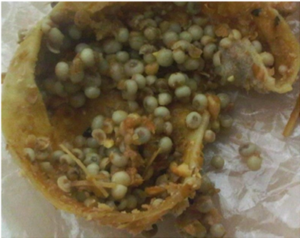
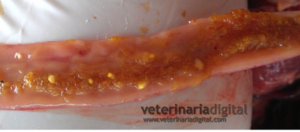
Undigested food in the gizzard and intestine due to enzyme deficiency. Source: Digital Veterinary Medicine
- Anti-nutritional factors: Grain-rich rations contain high levels of both soluble and insoluble fibres. These components generate a heterogeneous intestinal content. This favours an increase in viscosity and a greater predisposition to inflammatory processes, a reduction in the absorption surface, a slow down of the digestive transit and a greater energy investment in the digestion of nutrients associated with non-degradable structures. The incorporation of exogenous enzymes favours their catalysis and allows the animal’s endogenous enzymes and microflora to take advantage of nutrients.

Presence of gels with increased intestinal content viscosity. Enzyme deficiency increases the amount of anti-nutritional factors and undigested, insoluble substances. Source: Digital Veterinary Medicine
- Pathogenic microorganisms: The processes mentioned above, accompanied by undigested feed in the intestine, promote biochemical and pH changes that favour the proliferation of pathogenic microorganisms, especially Gram-negative bacteria and coccidia. The incorporation of exogenous enzymes promotes a healthy intestine with a highly usable homogeneous content. As a result, the prevalence of digestive disorders tends to be reduced.

Intestine with undigested food and lesions compatible with clostridiosis. Protease deficiency generates an increase in undigested proteins in the intestine predisposing it to the proliferation of Clostridium perfringens. Source: Digital Veterinary Medicine
- Production and environmental sustainability: Feed applied in intensive poultry systems usually results in feces with high moisture, nitrogen and phosphorus content. Beds with these characteristics are not well valued environmentally and economically. The incorporation of exogenous enzymes promotes lower water intake and higher efficiency in digestive processes. This generates better quality in chicken droppings, a reduction of humidity and nitrogenous substances in litter, while increasing animal comfort and welfare in the production system.
What is MINERZIM?
MINERZIM is an additive formulated on the basis of an enzymatic mixture composed of carbohydrases and proteases, intended for poultry of all ages and production stages. The enzymes that compose MINERZIM exert a synergistic action during feed digestion, guaranteeing the optimum performance of those formulations composed mainly of raw materials such as corn, soya, wheat, barley and rye. Its powder presentation allows the enzymes to be highly stable and incorporated into pellet production processes.
MINERZIM contributes to improving many aspects of poultry production:
- Allows for more than 15% utilization of formulations rich in grains. It increases the use of the energy potential and protein contribution of rations rich in grains to be invested in muscle mass and egg production.
- Increases the bioavailability of essential amino acids.
- Reinforces the enzymatic system of young animals.
- Eliminates anti-nutritional factors such as xylans and beta-glucans, reducing the frequency of diarrhea and digestive disorders.
- Reduces the probability of diseases caused by pathogens that colonize the intestine.
- Improves excrement and bedding quality, exerting a positive impact on the health and welfare conditions of the animals in the production system.
In studies carried out on broilers, MINERZIM has shown substantial improvements in the conversion rate compared to control groups without the incorporation of exogenous enzymes. Equal or higher final weights have been obtained in supplemented animals. This shows that the animals have required less feed consumption, since they have made a more efficient use of the ration. Morbidity and mortality rates have also improved in the supplemented group. The above-mentioned effects translate into economic benefits for the producer.
CONCLUSION
The feed formulations currently implemented in poultry farming have been a real challenge for the producer. Poultry alone cannot take advantage of the nutritional potential of the rations. The incorporation of exogenous enzymes as a supplement has proven to be an efficient alternative to optimize the nutritional performance of the formulations and prevent various conditions associated with poor feed digestion. MINERZIM is a varied complex of enzymes of different categories that exert a synergistic and enhanced action on grain-based rations, mainly corn, wheat and soya. The use of MINERZIM contributes to improving multiple aspects linked to production performance, intestinal health, animal welfare and economic benefits linked to nutrition.

